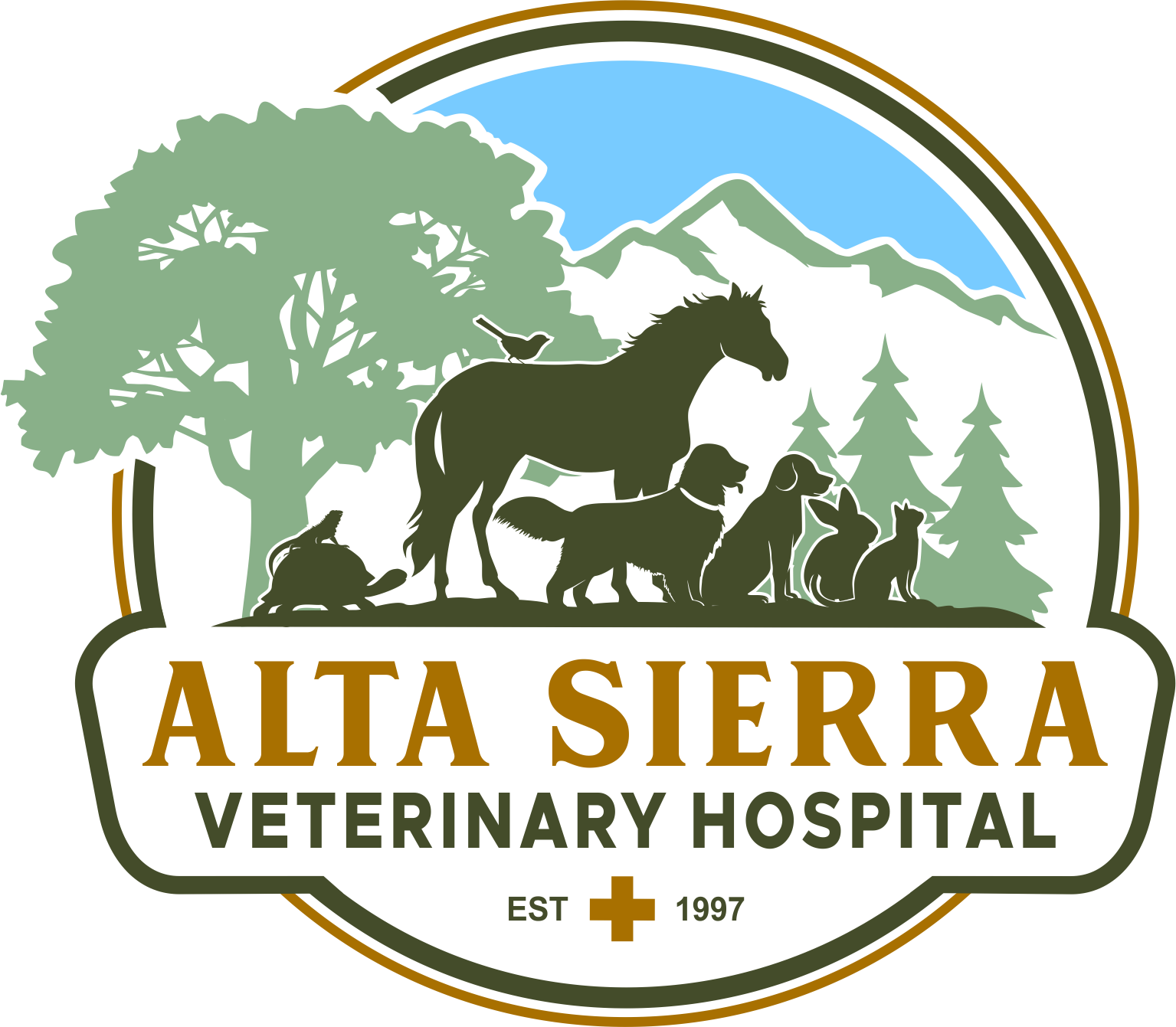Library
-
Triple antibiotic ophthalmic ointment, also known as neomycin and polymyxin B with bacitracin or gramicidin (brand names Neosporin Ophthalmic Ointment, Neo-Polycin Ophthalmic Ointment, Trioptic-P, Vetropolycin), is a combination antimicrobial medication used to treat certain types of bacteria (gram-positive and gram-negative). It is used to treat eye infections, eyelid infections, and infections of the tissue surrounding the eye (conjunctiva). Caution when using this medication in cats as allergic reactions have been reported.
-
Tris-EDTA plus ketoconazole topical (brand name TrizUltra + Keto®) is an antifungal and antimicrobial cleansing agent used in the treatment of surface skin infections and to enhance the effectiveness of other topical antibiotics in cats, dogs, and other animals. It may be used as an otic flush to clean and treat ear infections (otitis externa). Tris-EDTA topical comes in liquid form.
-
Tromethamine-ethylenediaminetetraacetic acid otic, also known as tris-EDTA otic (brand name TrizEDTA®), is an antimicrobial cleansing agent used in the treatment of external ear infections (otitis externa) and to enhance the effectiveness of other otic antibiotics in cats and dogs.
-
Tromethamine-ethylenediaminetetraacetic acid topical, also known as tris-EDTA topical (brand name TrizEDTA®), is an antimicrobial cleansing agent used in the treatment of surface skin infections and to enhance the effectiveness of other topical antibiotics in cats, dogs, and other animals.
-
Tropicamide is applied in the eye and is used off label to dilate the eye and to prevent and treat scarring after cataract surgery. Give as directed by your veterinarian. Common side effects include drooling, eye dryness, temporary stinging sensation upon initial application to the eye, light sensitivity, and blurry vision. Do not use in pets that are allergic to it or that have glaucoma. If a negative reaction occurs, please call your veterinary office.
-
Trypsin-like immunoreactivity (TLI) is a blood test that measures the amount of a pancreatic proenzyme called trypsinogen. This measurement correlates with the amount of pancreatic enzymes released into the intestine to aid in digestion. A low measurement indicates exocrine pancreatic insufficiency.
-
TTouch is a form of touch therapy devised and popularized in 1978 by Linda Tellington Jones, an equestrian with a long-standing interest in massage, training, and physical therapy techniques. TTouch is a simple, light massage technique in which the practitioner uses a clockwise circular motion of the fingers on the skin of the patient.
-
Tularemia is an infection of the bacteria Francisella tularensis and is most common in rabbits and rodents. Infection in dogs occurs from ingestion of an infected animal, drinking contaminated water, or getting bitten by a blood-sucking insect. Tularemia causes mild illness in healthy dogs. More severe clinical signs include enlarged lymph nodes and draining abscesses. Treatment includes antibiotics, surgical removal of any draining abscesses, and any other supportive care warranted by the dog's condition. Tularemia is a reportable zoonotic disease.
-
Tumors are cancerous growths. They may be found on the surface of a bird's body or in the internal organs. Veterinary examination of any growth or lump is highly advised as tumors may grow rapidly or spread.
-
Malignant lymphoma (lymphosarcoma) and leukemia are among the most common malignancies seen in ferrets. Diagnosis may be made by fine needle aspiration or biopsy. For a dedicated owner with a compliant patient, surgery and/or treatment with chemotherapy is an option. Remission of lymphoma is possible with treatment in ferrets, but recurrence is common. Ferrets also commonly develop insulin-producing tumors of the pancreas that lower the ferret’s blood sugar and cause weakness, weight loss, lethargy, seizures, coma, and death. Insulinoma commonly spreads from the pancreas to the liver, so surgical removal of pancreatic insulinoma nodules may not be curative. Affected ferrets respond well for months to years to medical therapy with glucose-promoting drugs (prednisone) and anti-insulin drugs (diazoxide). Drugs suppress effects of the tumor but do not eliminate it; and ferrets on medical treatment must have their medications increased over time as the tumor grows.

